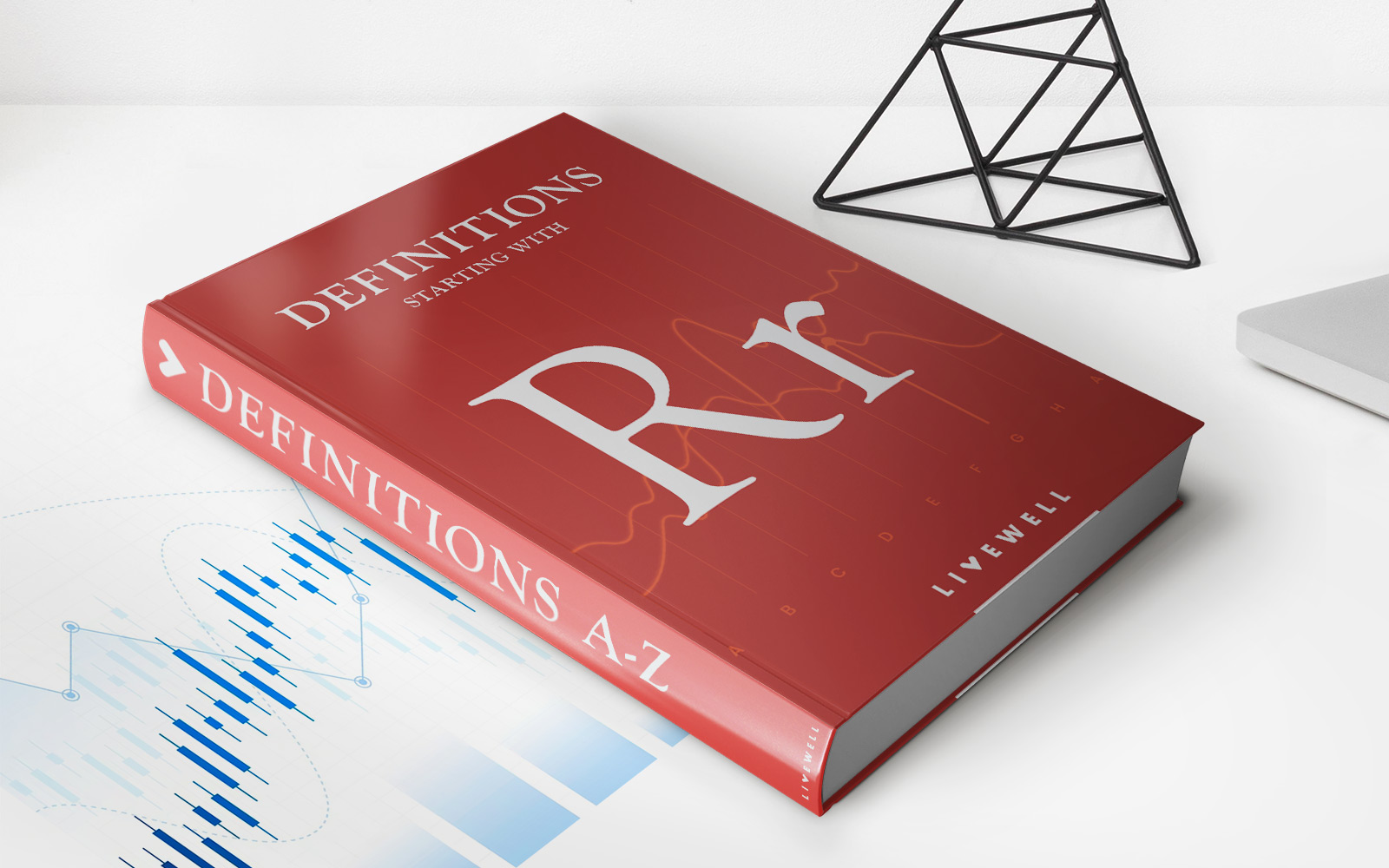

Finance
Rate Anticipation Swap Definition
Published: January 15, 2024
Learn the definition of Rate Anticipation Swap in finance and understand how it can impact your investments. Stay informed with our comprehensive guide.
(Many of the links in this article redirect to a specific reviewed product. Your purchase of these products through affiliate links helps to generate commission for LiveWell, at no extra cost. Learn more)
Understanding Rate Anticipation Swaps
Welcome to our “Finance” blog category! Today, we’re going to delve into the world of rate anticipation swaps. If you’ve ever wondered what they are and how they work, you’ve come to the right place. In this blog post, we’ll provide you with a clear and concise definition of rate anticipation swaps and explore how they can help you manage financial risks. So, let’s get started!
Key Takeaways:
- A Rate Anticipation Swap is a financial contract designed to protect against fluctuations in interest rates.
- It allows parties to exchange fixed and floating interest rate payments based on a principal amount.
So, what exactly is a rate anticipation swap? A rate anticipation swap is a financial contract between two parties that allows them to exchange fixed and floating interest rate payments based on a specified principal amount. This agreement helps mitigate the risk associated with fluctuating interest rates, which can have a significant impact on borrowing costs and investment returns.
In a rate anticipation swap, one party typically pays a fixed interest rate, while the other pays a floating interest rate. The fixed rate is predetermined and remains the same throughout the swap’s duration. On the other hand, the floating rate is linked to a reference rate, such as the London Interbank Offered Rate (LIBOR), and varies periodically.
How Do Rate Anticipation Swaps Work?
Rate anticipation swaps work through a series of cash flow exchanges between the two parties involved. These cash flows are calculated based on the agreed-upon principal amount and the fixed and floating interest rates. Let’s break down the process:
- The fixed-rate payer transfers fixed interest payments to the floating-rate payer on predetermined dates, as per the swap agreement.
- The floating-rate payer transfers floating interest payments to the fixed-rate payer, calculated based on the reference rate and the agreed-upon spread.
- This exchange of cash flows continues periodically until the maturity of the rate anticipation swap.
- At maturity, the principal amount is typically exchanged back between the two parties.
Rate anticipation swaps provide a way for businesses, investors, and financial institutions to manage interest rate risk effectively. By entering into these swaps, parties can protect themselves against adverse changes in interest rates, ensuring greater stability and predictability in their financial plans.
Key Benefits of Rate Anticipation Swaps:
- Protection against interest rate fluctuations: Rate anticipation swaps allow parties to hedge against volatility in interest rates, reducing the risk of financial losses.
- Flexibility and customization: These swaps can be tailored to meet specific financial needs and objectives, providing parties with more control over their risk management strategies.
In conclusion, rate anticipation swaps are valuable financial instruments that help businesses and investors mitigate the risks associated with changing interest rates. By participating in these swaps, parties can ensure greater stability and predictability in their financial operations.
We hope this blog post has provided you with a clear understanding of rate anticipation swaps and their benefits. Should you have any further questions or would like to explore this topic further, feel free to reach out to our expert team. Stay tuned to our “Finance” category for more insightful articles!














